ARTIFICIAL BOTANY
A/V INSTALLATION
2019 / ongoing
Artificial Botany is an ongoing project which explores the latent expressive capacity of botanical illustrations through the use of machine learning algorithms.
Before the invention of photography, botanical illustration was the only way to visually record the many species of plants. These images were used by physicists, pharmacists, and botanical scientists for identification, analysis, and classification. While these works are no longer scientifically relevant today, they have become an inspiration for artists who pay homage to life and nature using contemporary tools and methodologies. Artificial Botany draws from public domain archive images of illustrations by the greatest artists of the genre, including Maria Sibylla Merian, Pierre-Joseph Redouté, Anne Pratt, Marianne North, and Ernst Haeckel.
Developing as an organism in an interweaving of forms that are transmitted and flow into each other, the plant is the symbol of nature’s creative power. In this continuous activity of organising and shaping forms, two opposing forces in tension are confronted: on one hand, the tendency to the shapeless, the fluidity of passing and changing; on the other, the tenacious power to persist, the principle of crystallisation of the flow, without which it would be lost indefinitely. In the dynamic of expunction and contraction that marks the development of the plant, beauty manifests itself in that moment of balance which is impossible to fix, caught in its formation and already in the point of fading into the next one.
Artificial Botany responds to the need to describe the creative power of nature both in visual and conceptual terms, restoring the concept of mutability, transience and evolution as basic elements of life. This multidisciplinary series combines digital and analogue prints with video installations, natural printed silkscreens alongside immersive audiovisual installations: a series so multifaceted that brings out the metamorphic characteristic of existence - everything changes constantly.
PROCESS
The creative process at the foundation of Artificial Botany is based on a particular machine learning system called GAN (Generative Adversarial Network). Through a training phase using botanical illustrations, the system is able to recreate new artificial images with morphological elements extremely similar to the initial figures: not an exact copy of the original image, but a reinterpretation of it. The machine re-elaborates the content by creating a new language, capturing the information and artistic qualities of man and nature.
GANs are made up of two networks that are in competition with one another in a zero-sum game framework: the first network is called a generator and its job is to generate data from a random distribution. These data are then conducted to the second network, the discriminator: on the basis of the data acquired during the learning phase, it learns to decide whether the distribution of the generator data is close enough to what the discriminator knows as the original data. If the value generated does not meet the requirements, the process will be repeated until the result is obtained. GANs typically run unsupervised, teaching themselves how to mimic any given distribution of data - meaning that once trained they are able to replicate novel content starting from a specific dataset.

The first step in establishing a GAN is to identify the desired output and gather an initial training dataset based on those parameters. This data is then randomised and input into the generator until it acquires basic accuracy in producing outputs.
In an unconditioned generative model, there is no direct control over the model and the data being generated. However, by conditioning the model on additional information it is possible to direct the data generation process. Such conditioning could be based on class labels, on some part of data for painting-like features, or even on data from different modalities.
This system can be put in place infinitely, each time obtaining a distinct result that reflects the starting dataset. Artificial Botany is thus an extremely versatile project, whose aesthetic and visual identity get redefined and transformed according to the dataset at the basis of the GAN elaboration. That is why Artificial Botany is subdivided into series: each one of them is peculiarly different but, at the same time, they all share the same synthetic aesthetic.
DIGITAL ARCHIVE DATASET
Artificial Botany was initially born as an internal R&D project: its first iteration was published online in 2019 and involved the speculative interaction between two AI systems. In this case, the machine learning system was able to create new botanical specimens while retaining information such as flower colours, leaf size or plant overall structure.
The text underlying each artwork is generated by the exploitation of another neural network algorithm. This type of system is called “image to text translation” and while it is commonly used to classify images, in this case we tested it by asking it to recognize other artificial-generated images frame by frame.
A second version was prototyped by developing a grid inside which 576 modules different from each other are gradually revealed. This narration offers an unusual perspective on the generative process allowing the viewer to appreciate the overall dynamics and, at the same time, the details of the individual elements.
ARTIFICIAL BOTANY .MORPHOS
After these first generations, we further developed the process by integrating the concept of transfer learning to the models we had previously trained. Practically, it consists of significantly improving the efficiency of the network through reusing information gained from already assimilated tasks. In this case, we started from the model already trained and employed it for the creation of the synthetic botanical illustrations: we then started a second training process with a new dataset composed of images of forests and leaves.






